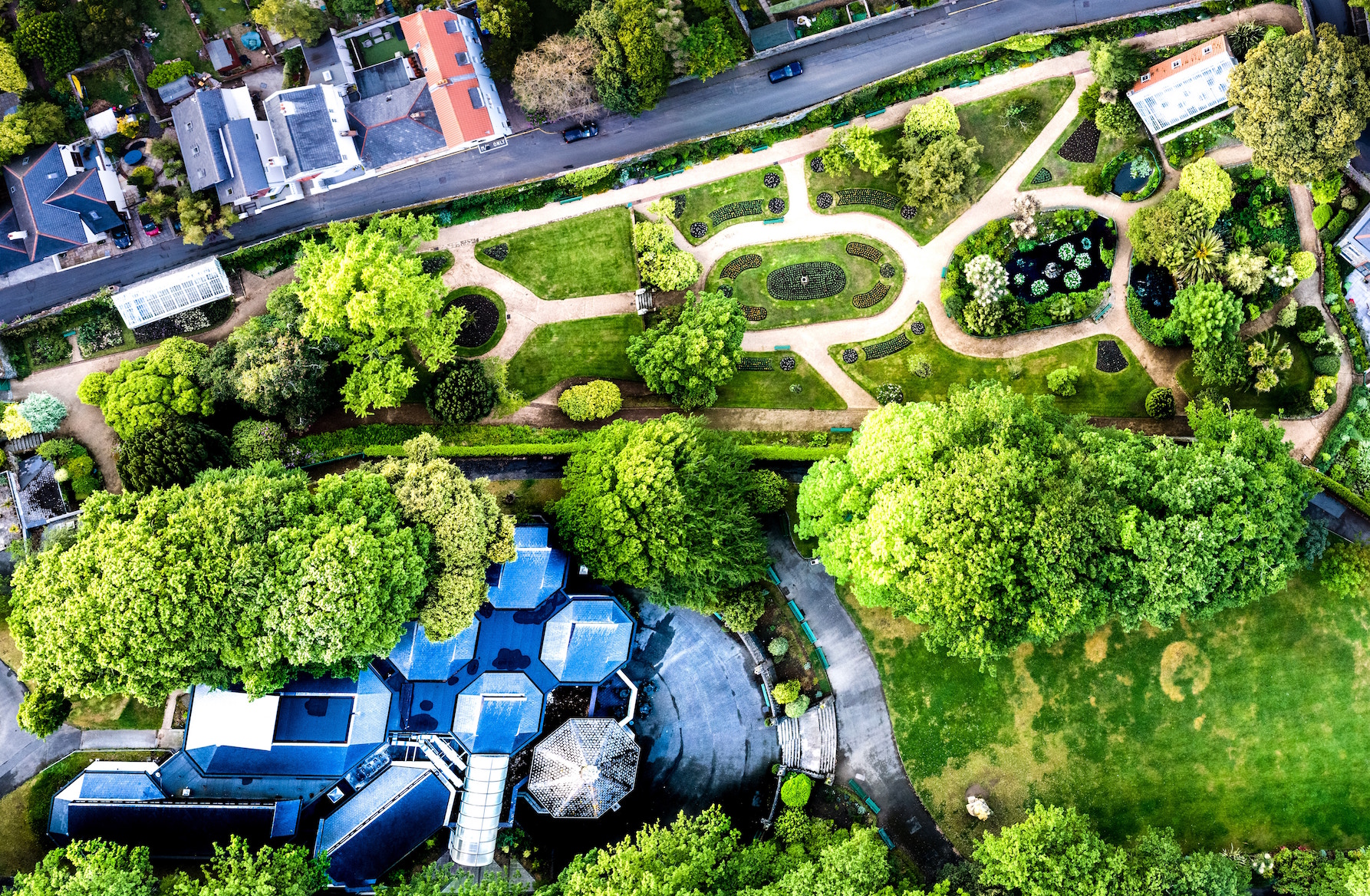
Botanical sexism with trees making seasonal allergies worse
While many people are relieved to see winter change to spring, the warmer weather and budding trees sometimes means a whole season of agony for allergy sufferers.
You may have even heard the rumor that allergies seem to be getting worse in the United States, and there actually might be some truth to this.
It all boils down to a concept called “botanical sexism” which was first termed by horticultural epidemiologist Thomas Leo Ogren.
Ogren has been studying the allergy-potential of common horticultural plants for 30 years and has even written several books on gardening techniques for mitigating allergies.
Botanical sexism involves the process by which urban landscapers, in an effort to keep city streets and sidewalks clear of seeds and flowers, plant only male trees.
The male trees lack the seeds of their female counterparts but have an abundance of pollen, and as the trees get bigger, their pollen counts increase.
In an article for the Scientific American, Ogren discusses the timeline of male trees dominating city streets. It all started after Dutch Elm Disease wiped out millions of trees across the country in the 1980s. In an effort to replace them, many landscapers opted to plant clonal male trees.
“The problem is that while these trees and plants are “litter-free,” they all produce abundant allergenic pollen,” Ogren told Scientific American.
What’s worse is that the pollen congregates in the areas where the trees are planted, so people who live in cities with an abundance of male trees risk a high exposure to pollen.
Ogren suggests that smart landscape management, planting more female trees, and stopping commercial growers from selling male only plants are all ways to help reduce pollen counts.
“The more female plants in a landscape, the less pollen there will be in the air in the immediate vicinity,” Ogren told Scientific American. “By relying less on males and paying more attention to the allergy-potential of all the plants in our urban landscape, all of us may one day breathe easier.”
—
By Kay Vandette, Earth.com Staff Writer













